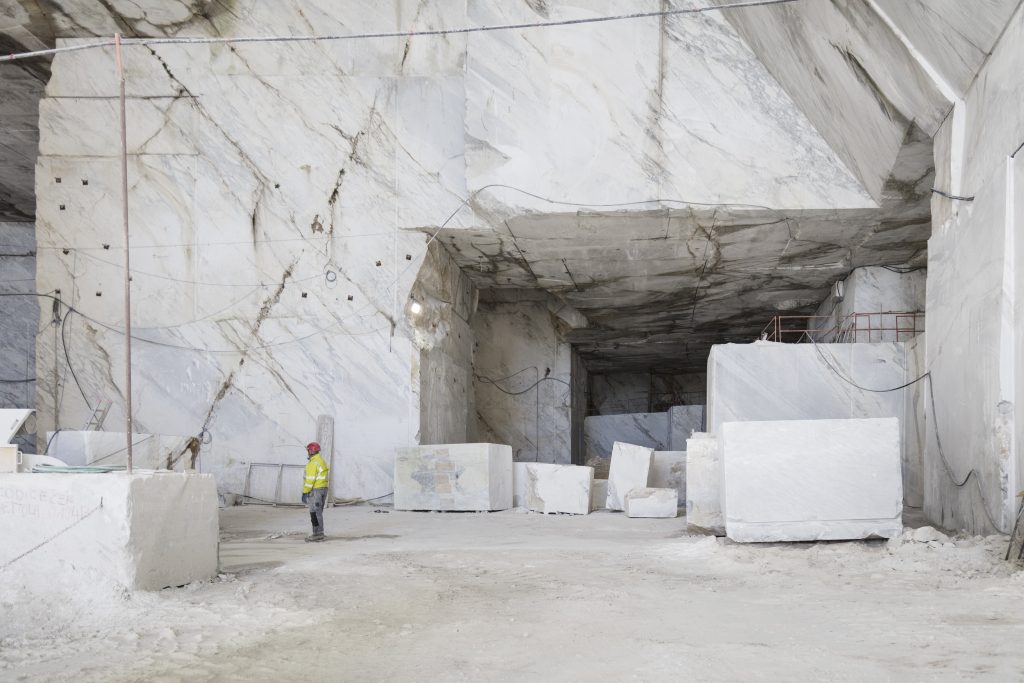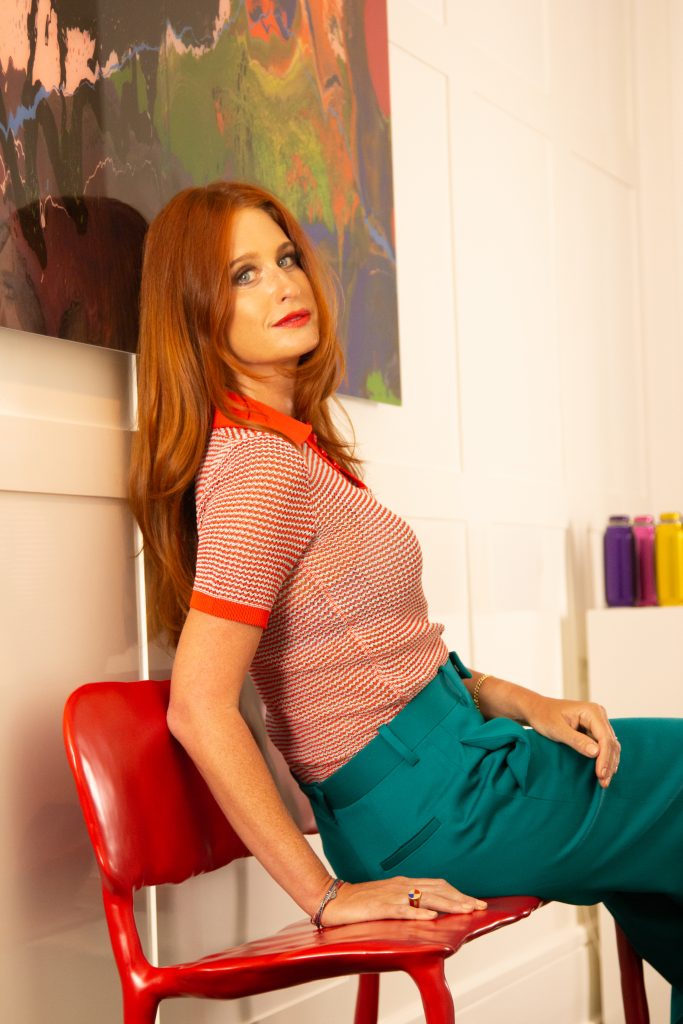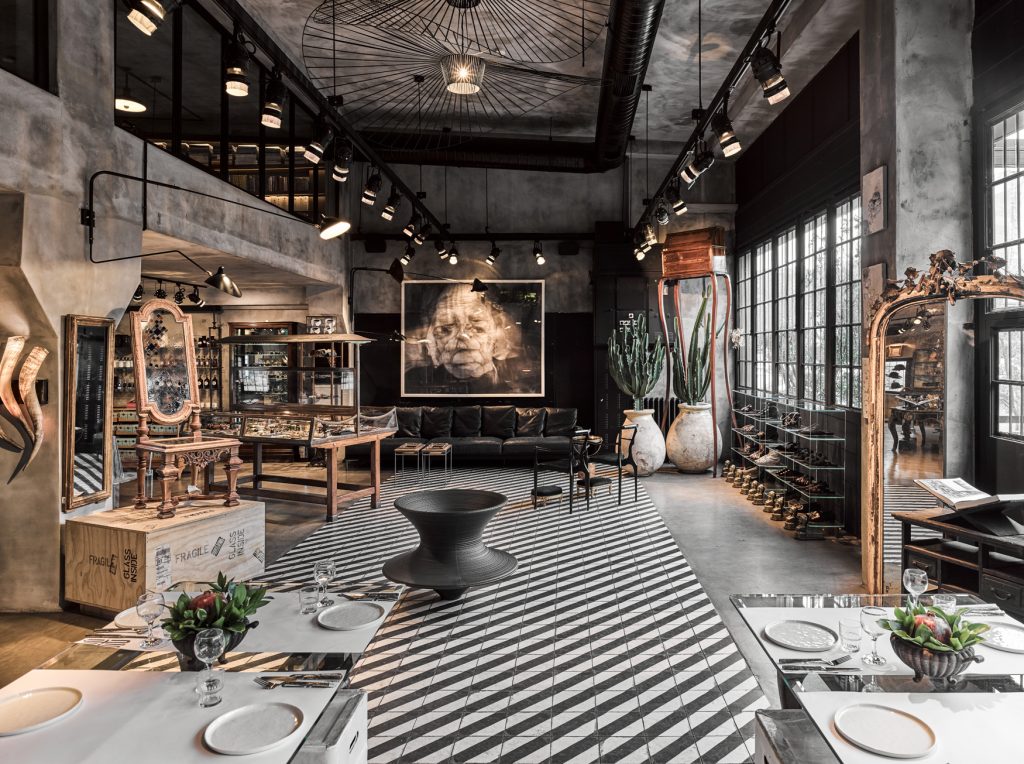Inside Geneva, Switzerland’s CERN Science Gateway
The new center for scientific education and outreach opens to the public in a brand new building by Renzo Piano

When Fabiola Gianotti, the Director-General of CERN in Geneva, saw acclaimed architect Renzo Piano‘s vision for the Science Gateway back in 2018, she knew that it must come life—and be funded only by donations. As of October 2023, the scientific center is now open to the public and it has become a place dedicated to scientific education, where anyone can discover the secrets of the cosmos, free of charge. Thanks to this enthralling new destination, around 500,000 visitors per year will have the chance to visit CERN—far more than the current 150,000.

During the inauguration event, Gianotti stressed how complex it was to give shape to this vision, which would have been impossible without a collective effort. “The realization of such an ambitious project in such a short time demonstrates CERN’s excellence in many and varied fields, the competence of our teams and their ability to work together effectively, whether it is building a new accelerator or developing a new technology or carrying out an education project for the general public,” she said.

The majestic project includes a total surface area of 8,000 square meters, including 1,400 dedicated to exhibitions and 260 for labs. The architecture is the work of Renzo Piano Building Workshop, and is inspired by CERN laboratories and the Large Hadron Collider (LHC), the largest and most powerful particle accelerator in the world. The building also serves as a bridge connecting two areas of CERN once separated—and it develops six meters above the road floor. Seen from above, the center looks like an orbiting space station, but at the same time it reminds us of the LHC tunnels, which stretch for 27 kilometers at a depth of 100 meters. Approximately 4000 square meters of solar panels power this building and other areas of CERN. And the complex is surrounded by a forest of 400 trees and 13,000 shrubs, destined to grow and increase over the years. Additionally, the entire construction process had a net-zero carbon footprint.

During the opening ceremony, Piano was particularly emotional. “I love making places for people,” he said. “But this place is more than a place for people. It’s a place where you get closer to the beauty of science, the profound, deep beauty of science. The beauty of exploring and discovering. And also you get closer to the mystery of the infinitely small and the infinitely large. From this point of observation, you understand that planet Earth is really a small spaceship on which we are all embarked.”
CERN has always been a location for research, harmony and peace. People from 110 nations work there, and many of them will take turns guiding visitors. In fact, all the guides are part of the CERN community, so as to ensure direct contact with the real research activities that are held in Geneva.

In addition to courses, classes and conferences, the center will welcome visitors into three pavilions dedicated to the history of science, plus a fourth focused on art installations related to science. The first space, “Discover CERN,” tells the story of the original center born in 1954. Through objects, experiments, interactive installations and virtual reality, its exhibition illustrates the fundamental experiments related to particle acceleration. With the “Quantum World” exhibition, quantum physics becomes a game. Challenges, board games and walkthroughs allow visitors to understand the fundamental laws of elementary particles and to touch what is usually invisible.

The Our Universe pavilion is dedicated to the “Back to the Big Bang” exhibition, funded entirely by the Carla Fendi Foundation, which invited us to Geneva and allowed us to preview these spaces. Here, we journeyed 13.8 billion years back in time, learning of sophisticated machinery, tales of pioneering scientists and more. Altogether, anyone who loves science will find something to connect with, while those who are interested in discovering more about CERN will find the Science Gateway to be the ideal place to start.
All information, news and updates for the Science Gateway can be found online.













What are your thoughts?